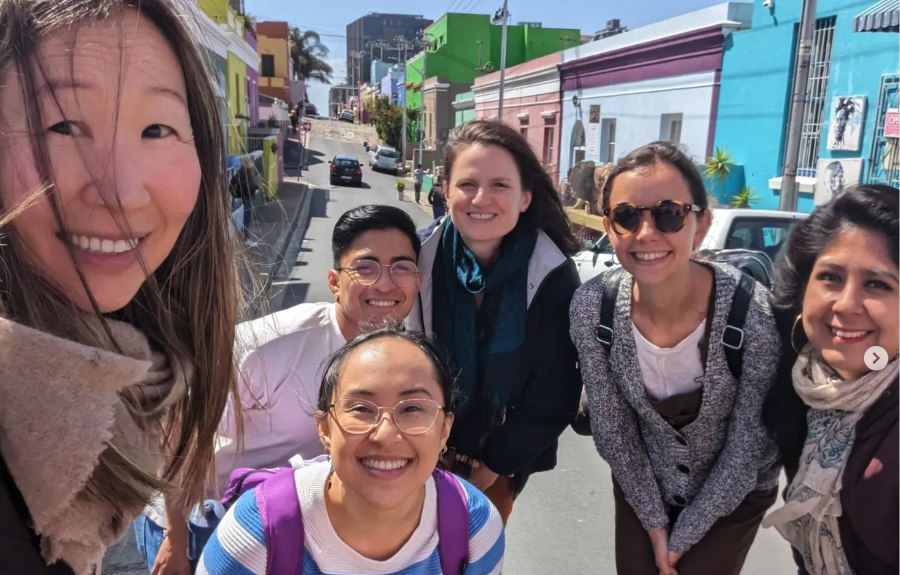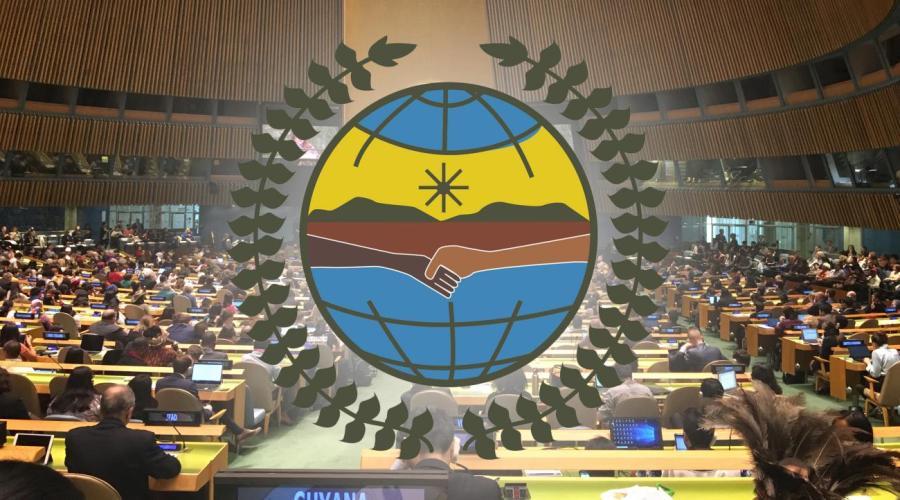To study humankind's 60,000-year migratory journey around the world and explore our interconnectedness as a species, National Geographic, in partnership with IBM and with funding from the Waitt Family Foundation, launched the five-year Genographic Project in April 2005.
The main components of the project are field research, public participation and communication, and the legacy fund. We are focused on a true collaboration with indigenous peoples in scientific field research.
We have structured the initiative not simply to achieve our research goals, but to search for better ways of learning from indigenous peoples themselves, their groups, and those who work closely with their cultures.
As a not-for-profit scientific and educational organization, it's been a long time since National Geographic simply "took pictures." Teams work closely with indigenous peoples to help conserve cultures, nature, and histories, and to share their stories with a global audience.
I brought the Genographic Project idea to National Geographic because they have a broad mission to bring a practical understanding of world cultures—the value of other peoples' ways of life and worldviews—to a general audience. Our team realizes the depth and scope of the research debate and is realistic about the work ahead.
In the 1990s, as a young geneticist studying under Luca Cavalli Sforza at Stanford, I saw first-hand the passionate discussion surrounding the Human Genome Project on Diversity. This helped to shape the way I thought of my role as I began my own work. I see myself as an historian whose work with indigenous groups complements their own stories.
The Genographic Project involves DNA sampling of 100,000 indigenous and traditional peoples, as well as an equal number of non-indigenous. We have a duty to explain, and explain comprehensively. That is what we have been doing, and are doing now, in each of the research regions we are setting up.
Chairman Michael "Tender Heart" Markley of the Seaconke Wampanoag tribe publicly shares that his group is behind the project "100 percent" and wants to learn more about their story. Jecinaldo Barbosa Cabral, a Brazilian Amazon indigenous leader, stated in Tierra America (April 27, 2005), "We aren't opposed to the Genographic Project. But if the indigenous community is not aware of it, then there cannot be agreement about it."
Outside of explaining the project to individual indigenous groups around the world, we seek ongoing input from broader groups like Cultural Survival, the UN Permanent Forum on Indigenous Issues, and the Indigenous Peoples' Council on Biocolonialism. And we are very clear that the thousands of indigenous groups all over the world do not wish to be represented by a single group.
This is what we are and what we are not:
- The Genographic Project is studying the human migratory journey; there is no medical research in the Genographic Project.
- Genetic data will not be patented from any results of the project. We are not collecting clinical data, nor are we examining markers that have any known medical relevance. This is data that will tell us about historical migration patterns.
- Due to sensitive ethical issues around ancient DNA testing, we will be guided by regional authorities in approaching descendants for access and with fully informed consent.
- All the information belongs to the global community and will be released, with indigenous collaboration and approval, into the public domain.
- The Genographic Project is designed with strict, independently approved, technical protocols that assure privacy and the anonymity of all participants. We are seeking special approval to share details of these protocols with those who request them from the regional ethical review committees responsible for overseeing the Genographic Project in each of the international research centers. All applicable laws concerning genetic sampling and fieldwork will be followed, and necessary permits obtained prior to any field sampling.
- Unquestionably, indigenous communities need to become aware of all the implications of any voluntary genetic research project local to them. No group is the same, which is why we designed the Project's research centers to be local to their areas and led by experienced field researchers who are inspired by the communities with whom they work. For example, at the University of Witwaterstrand, African researcher Himla Soodyall was recently bestowed the President's Award by President Thabo Mbeki for her work in human genetics with indigenous communities.
- Researchers explain the project fully, with supporting materials, to the approved collaborators and representatives in their area. They explain the project again to the individuals who volunteer to take part. Participation must be agreed upon through both group and individual written consent. Consent will be guided by the group's preference and the collaborator's experience, using translation where necessary. Researchers explain in advance what will be done with samples and what the information could be when it comes back from the lab. And they explain that we do not intend to replace peoples' stories, but simply add to them.
- In keeping with the scale and spirit of The Genographic Project, we are developing a Legacy Fund to benefit indigenous peoples. Funded from the international sale of the participation kits, the Legacy Fund focuses on educational and cultural programs to assist indigenous communities dealing with the forces of modernization and globalization. Early enthusiasm for the kits has already raised more than $850,000 for this program. Kits include cheek swabs that are mailed anonymously and tracked with confidential identification numbers online.
- Finally, this is an initiative that will actively involve the public. We want everyone interested to understand the goals, methods, and results. As we have always done, we will support groups in communicating their stories and promoting preservation of their languages and cultures.
What we learn will be continually released into the public domain over the life of the project, and people can go back as we "put the leaves on the branches" to reanalyze, query, and learn more. Over time we are going to create an open-access, interactive, virtual "atlas" of human history.
Today, it’s easier than ever to move around our planet; globalization, wars, and environmental disasters only cause more movement. What we lose is the context in which genetic diversity arose. Every two weeks, a language is lost, taking with it irreplaceable knowledge. Between 50 to 90 percent of the 6,000 languages in the world today face extinction, likely over the next century.
The search for our origins has always been bigger than any one group's particular effort to create a snapshot. No one is offering a cure for disease. We are not trying to change peoples' beliefs. The Genographic Project has never been about a single tangible "benefit" to humankind's family, but to tell the story of the whole family.
Collaboratively, working across our viewpoints and expertise, it just might lead to us thinking and learning about each other in new ways. Despite our differences, the human family is closer than we think. We are all learning how much we have to learn.
Dr. Spencer Wells is Project Director of The Genographic Project and an Explorer-in-Residence at the National Geographic Society.



